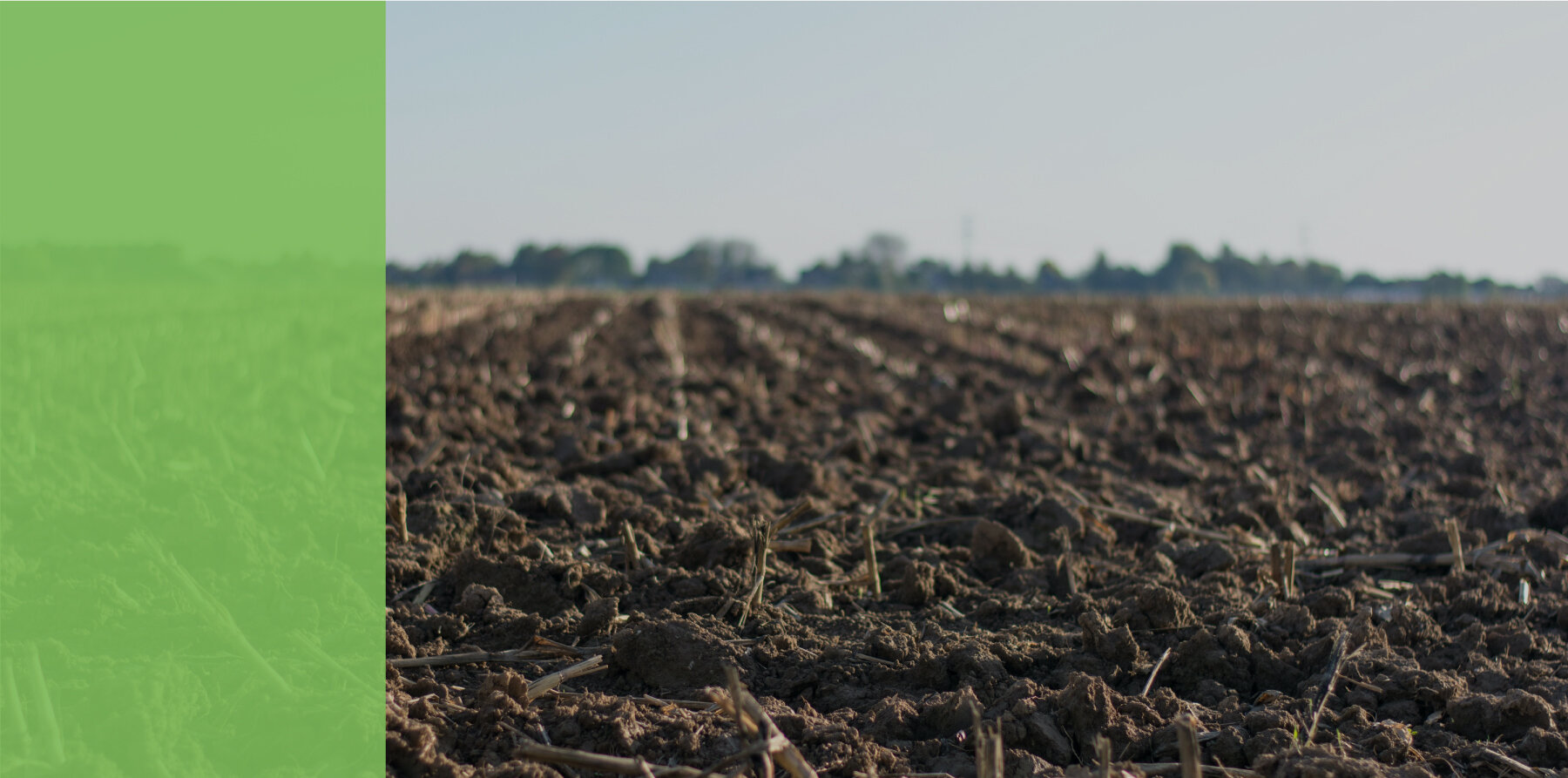
Restore Degraded Land
Put Carbon Back in Plants & Soil
Restoring degraded land & croplands are enormous opportunities, well-researched and proven feasible.
UN and academic Dr. Crowther (Zurich) agree massive tree planting could capture 25% of global annual carbon, identifying 0.9bn hectares: enough room for 1.2 trillion trees – mostly in northern humid areas.
UN estimates are that 2bn hectares could be replanted with species relevant to the area selected.
A FOLU—Food and Land Use Coalition—report proposes 10 critical transitions. #1 is scaling productive and regenerative agriculture involving proven, largely neglected techniques for soil health, water usage and agrobiodiversity.
FAO is piloting a framework to use livestock more proactively to sequester carbon in grasslands and rangelands.
Source Crowther Lab UN Trillion Tree Campaign FOLU report UNEP
World Land usage over last few millenia and opportunities for change. Total 14bn Hectares
Restoration can be across nearly all types of land, with intervention methods depending on local circumstances. The resulting carbon capture from planting can be rapid.
Examples of approaches in restoration
Plant Growth Rates (pre soil emissions)
Tonnes carbon per hectare per year
IPCC data (2018 TAR) indicates plant carbon absorption per year is 60BtC after plant respiration (NPP) . With 13 billion hectares of ice free land, this equates to approx ~5 tonnes carbon per hectare per year. Tropical rain forest is twice as productive at 10 tC/ha/yr
Africa has many examples of restored degraded land, even in arid environments.
World Vision - Farmer Managed Natural Regeneration, Humbo Ethiopia
2005
2013
Weforest Projects across Africa & India, 2018
Promoted regrowth of secondary forest by protecting wild root stock and young saplings often from grazing.
Enriched with new trees: 6m old saplings from new local nurseries.
Charcoal energy substituted, solar lights installed.
New jobs from land: crops, fruit, bamboo weaving, honey.
India is improving crop lands, water capture & soil health through Zero Budget Natural Farming in arid regions.
Andhra Pradesh – Plan for 100% ZBNF by 2027, >130,000 Farmers
Principles of ZBNF
No artificial fertilizers or chemicals (considerably reduced input costs).
Multi-rotational cropping (more activity)
Proactive use of natural soil inoculants and stimulants.
Four Wheels of ZBNF
Waaphasa
Water vapour condensation for soil moisture.
Beejamrutham
Seed treatment with cow dung & urine formulations.
Jeevamruthan
Soil fertility using cow dung & urine concoctions (no inorganic fertilizers and pesticides).
Mulching
Trees, cover crops and crop residues
Resulting in better economics, more employment, higher quality product, reduced chemicals & greater soil resilience.
% Change in Total Costs with ZBNF
Impact of Beejamrutham Seed Treatment on Soybean Day 8. Vs Control
Fields after a cyclone - With ZBNF
Fields after a cyclone - No ZBNF
Australia and Africa use managed grazing to re-green & improve soil carbon capture in arid climates.
Winona NSW Highlands—Pasture Cropping
“Vertical Stacking” by season: crops, native grasses – sheep grazing, sheep meat and wool.
Ceased super phosphate fertilisers.
Time-controlled grazing and rotation.
Permanent ground cover, no tilling & perennial pasture. Crop seeds drilled in.
203% increase in soil carbon in 10 years, up to 9 tC/ha annually, plus significant improvements to water holding capacity.
6-months extra grazing. Reduced costs.
Beetaloo Cattle Station
Northern Territory–Mini paddocks
Divided 1 million hectares into 600 paddocks with own water supplies.
Mimicked natural herd grazing: larger herds, 2-3 days grazing, then paddock left for ~3 months. (One herd covers ~45 paddocks over 3 months.).
Land use up 5 times.
Cattle capacity increased 1.5-2x.
Reduced ticks.
Source: Soils for life Beetaloo Pasture Cropping Soils for life winowa Regeneration Hub
Grazing in Winona 1938 (Top) Grazing in Winona 2009 (Bottom)
Kroon Ranch
Holistic planned grazing (Left), Traditional grazing (Right).
Allan Savory ‘Holistic Planned Grazing’ (HPG)
Structured planning approach for rotational grazing.
Flexible to account for different plant growth rates in different areas at different times.
Zimbabwe River
Downstream on food aid, no HPG.
Upstream same river with HPG.
Indonesia leads in the study of soil health in oil palm plantations.
Sinar Mas Plantations, SMARTRI & Cambridge University are investigating Biodiversity & the Ecosystem in Palm Oil Plantations.
Allowing natural plants to grow alongside oil palms to improve diversity and greenery.
No herbicides: unwanted plants removed by hand.
Improved sustainability.
Stable yields from better soil biodiversity.
Realistic and implementable by land managers.
Restoring and replanting native trees within plantations. Using oil palm trees to shade young native tree saplings in early growth.
Impact of distance and plant biodiversity between plantations and waterways.
Source: Making peace with oil palm › BEFTA / SMARTRI Understory Vegetation



